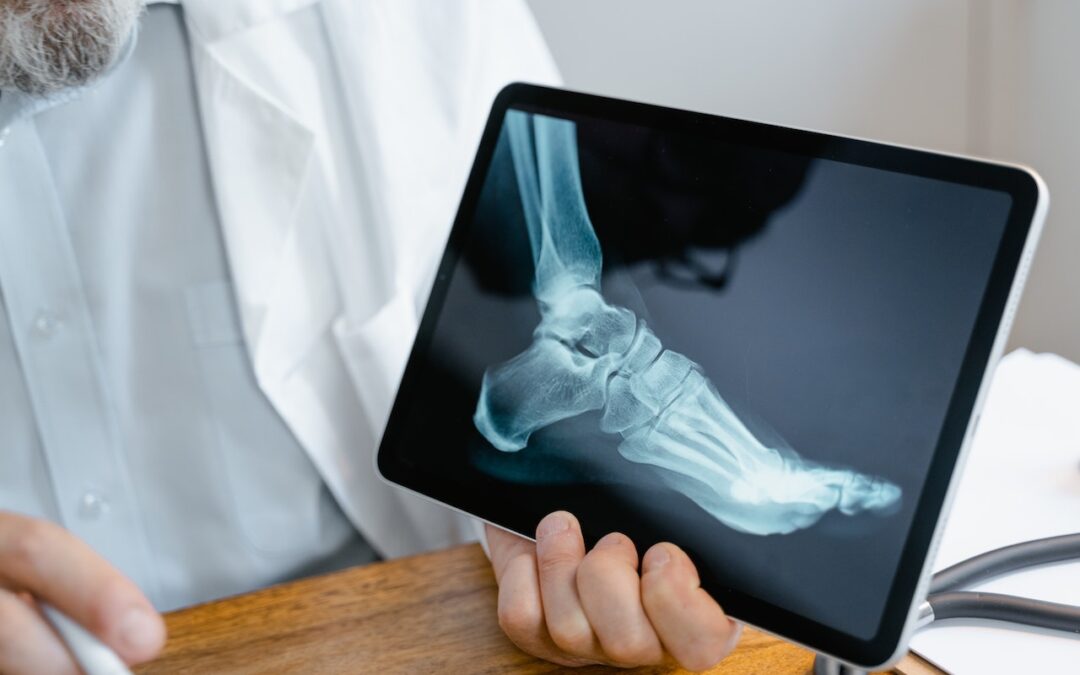Telemedicine is a new form of medical service that utilizes digital technologies to facilitate health care, including transferring medical information between health practitioners. Teleradiology is a specialized branch of telemedicine in which radiographic medical images (x-rays) are transmitted between health care professionals located remotely. Here’s what you need to know about what teleradiology is and what the benefits and drawbacks are:
What Is Teleradiology?
Radiology encompasses a broad range of imaging techniques used in the medical profession to capture images of the interior of the human body to examine, diagnose and treat health conditions that would not be detected during an external examination. Some common medical images include radiographs or x-rays, computerized tomography (CT) scans, magnetic resonance images (MRI), and ultrasound images.
In teleradiology, medical images are captured before being sent to a radiologist over the internet. The radiologist then views the images and provides a professional assessment to help guide health professionals with their diagnosis and treatment.
Teleradiology requires three key components: a workstation capable of submitting the image; a high-speed communications network for transmitting the image; and a receiving workstation capable of displaying the image in high-resolution suitable for making clinical diagnoses. The growing ubiquity of teleradiology has led to the development of specialized software programs that allow radiological images to now be easily transmitted, much like attaching an image to an email.
There is a growing demand for radiological diagnostic and image interpretation services globally. Teleradiology is rapidly filling a much-needed gap in the health industry. It is a boon for medical health facilities that lack expertise in this specialized field of medicine. It is also useful for healthcare facilities located in high-density and high-volume areas—such as large urban centers in developed countries like the US, Europe, or Japan—where there may not be enough on-site radiologists available during times when need or demand is high.
Benefits of Teleradiology
Teleradiology facilitates collaboration between health professionals. It allows medical health professionals to consult with and benefit from the expertise of specialized radiologists regardless of location without having to travel.
Teleradiology improves the quality of care medical that facilities can offer their patients without having to employ the services of a full-time specialist radiologist on site. Even patients in rural or remote areas can now receive specialist interpretation and evaluation via distance consultation. Teleradiology can also provide medical facilities in developing countries with access specialized expertise.
Teleradiology gives medical professionals access to remotely located radiologists during emergencies and during night shift hours when local radiologists may not be available. It is now common practice for medical facilities to delegate radiology reporting services to locations in different time zones, ensuring a timely response. Having immediate access to diagnostic services can be the difference between life and death in a medical emergency.
Teleradiology can reduce costs for medical facilities because they only need to pay for the portion of the radiologist’s time that they use. In other words, facilities are only responsible for covering the cost of each radiological examination. This allows smaller healthcare facilities to provide their patients with affordable, quality care without employing the services of a full-time on-site radiologist.
Challenges Associated with Teleradiology
Unfortunately, outsourcing teleradiology services to external sources to provide coverage during after-hours may jeopardize the job security of resident radiologists. Another drawback of teleradiology is that contract radiologists have limited input into the long-term health outcomes of the patient. For example, radiologists receiving transmitted medical images may not be able to follow a patient’s progress following subsequent medical procedures.
Because a contracted teleradiologist might only view a patient’s images once, it is important that the radiologist conveys the full extent of the appropriate information to the doctors treating the patient during the initial communication. But there is a risk that the teleradiologist may communicate ineffectively or not include all the information necessary to make a diagnosis. This could lead to confusion and negatively affect the outcome for the patient.
As teleradiology relies entirely on technology for it to be effective, even the slightest technological glitch, such as loss of internet connectivity, can disrupt services. Any disruption in communication could result in patients remaining undiagnosed or misdiagnosed and potentially left untreated or treated incorrectly until communication is restored again.
The rapid expansion in and ubiquitous accessibility of telecommunication technologies globally has led to communication barriers narrowing and use of high-speed internet increasing. Many remote hospitals or high-volume hospitals in urban areas have access to medical imaging technologies such as CT scanners, but they lack trained radiologists to interpret these images. Teleradiology services can fill this gap and provide medical health facilities and their patient’s access to qualified radiologists at a fraction of the cost.

